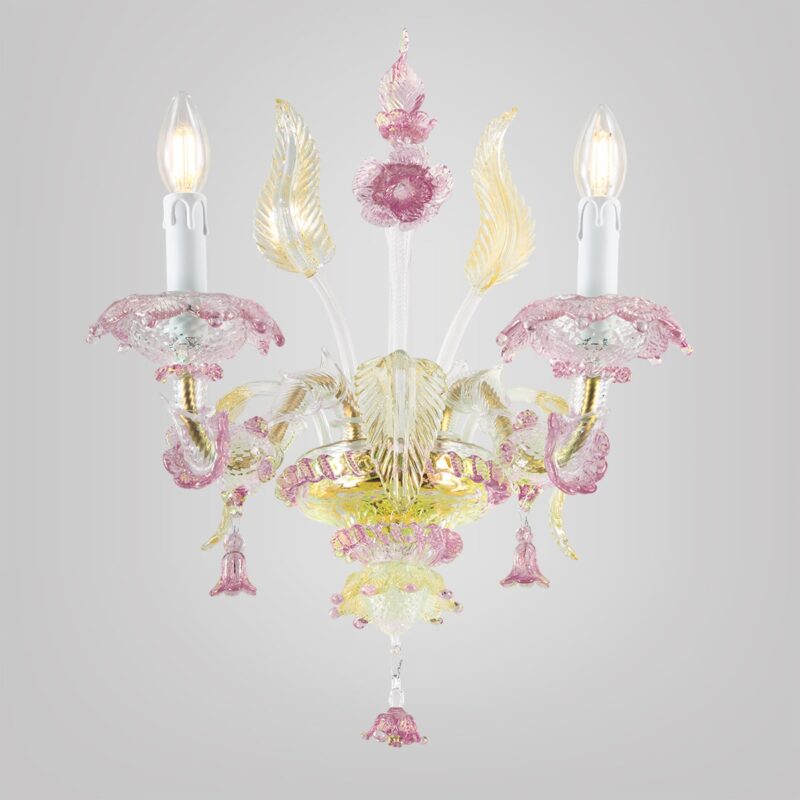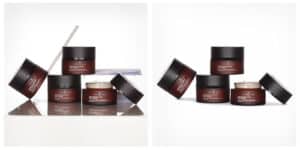In the rapidly expanding era of online commerce, product photos play a crucial role in capturing the attention of potential buyers. But what happens when you want to showcase different color variants of a product without physically producing every single option? In this article, we will explore the interesting practice of color changing in product photos, which offers e-commerce businesses the possibility to create a wide range of color variants without immediately putting each combination into production. Focusing on categories such as clothing, furniture and furnishings, lamps and chandeliers, we will discover how color changing in post-production can be a flexible and effective alternative for creating samples.


Digital Color Swatches: The Cost-Effective Solution for Every Need!
In the context of online sales, presenting different color variants of a product can be a key factor in attracting the interest of potential buyers. However, producing traditional samples for every single color combination can represent a significant logistical and economic challenge for companies. Here are some of the main challenges associated with the production of traditional samples:
Production costs and time: The physical production of samples requires considerable financial, material, and human resources. Each color variant requires purchasing materials, creating or modifying the physical product, and involving a production chain. This leads to additional costs and extended production times.
Material waste: creating physical samples involves making real products that might not be sold or used later. This can lead to significant material waste, especially if some color variants are not popular or requested by customers.
Logistical limitations: managing a wide range of color variants in a warehouse can be complex. The need to store, organize, and handle a considerable amount of physical products can become problematic, especially for companies operating with limited space.
To overcome these challenges, many companies rely on color changing in post-production. This solution offers flexibility and efficiency, allowing the creation of a wide range of color variants without the need to physically produce every single combination. With the help of photo editing tools and precise references, it is possible to obtain appealing and realistic images that represent the different color options of the product.
Do you need to create a digital sample book of your products? Contact us


Changing Colors with Photo Editing
Replacing colors in an image through photo post-production offers you a flexible and effective solution to create a wide range of color variants without physically producing every single combination. Let’s look at some key aspects of this practice.
Using Pantone References, Correct Color Files, or Physical Samples
The process of changing colors in post-production can be initiated using precise references such as Pantone color charts, which provide a standardized guide for color selection. Other options include digital files with correct colors provided by manufacturers or even physical samples of fabrics or materials. These references become the starting point for color modification in product photos for e-commerce.
Importance of Color Calibration
To achieve accurate results in color changing during post-production, it is essential to have a proper workflow and color calibration. This involves using correctly calibrated monitors and photo editing software that supports color management. Color calibration ensures that the colors displayed on the screen are true to reality and that the adjustments made have a consistent impact on the final result.
Color changing in post-production offers several advantages for companies that want to present color variants without having to physically produce each option:
- Time and Resource Savings in Producing Physical Samples
With color changing in post-production, companies can save valuable time and resources by avoiding the physical production of each individual color combination. This means lower production costs and faster time-to-market for products. - Greater Flexibility in Presenting New Color Variants
With color changing in post-production, companies have the flexibility to add new color variants or modify existing combinations quickly and efficiently. This allows them to adapt to market trends or customer preferences without having to repeat the entire production process. - Reduction of Material Waste
The production of physical samples involves creating real products that may not be used or sold. This can lead to significant material waste. With color changing in post-production, companies can avoid such waste by producing only what is actually requested by customers. - Flexibility in Introducing New Color Variants
Trends and customer preferences can change quickly in the online sales sector. With color changing in post-production, companies can easily add new color variants or modify existing ones to meet market demands. This flexibility allows for rapid adaptation to customer requests and evolving trends. - Easy Updates and Corrections
If updates or corrections to the product variant colors are needed, color changing in post-production offers a quick and efficient solution. Changes can be made without having to repeat the entire physical production process, allowing products to stay up-to-date and meet customer expectations.
Overall, color changing in post-production offers a flexible, cost-effective, and sustainable option for creating color variants in product photos. It allows companies to quickly adapt to the market, reduce material waste, and customize color options to meet customer needs.
Do you need to modify the colors of the products in your photos? Contact us for a free trial


The Color Changing Process in Post-Production
Color changing in post-production requires attention to detail and the use of appropriate tools. Here is an overview of the steps involved in the process:
Consult a Post-Production Professional or Do It Yourself?
If you lack advanced photo editing skills, it may be beneficial to collaborate with a post-production professional. These experts can make precise color adjustments to your product images, ensuring high-quality results: check out our custom photo color editing service. If you prefer to do it yourself, make sure you are familiar with key photo editing tools, such as Adobe Photoshop, to make the necessary adjustments.
Monitor Calibration: monitor calibration is essential for achieving accurate results. Make sure to calibrate your monitor using a calibration tool or by following the manufacturer’s instructions. This will ensure that the colors displayed on the screen are true to life.
Using Photo Editing Software: once you have identified the desired color reference (such as a Pantone or a file with the correct color), you can use photo editing software to make the adjustments. These tools offer advanced features to adjust hue, saturation, brightness, and other parameters that affect the image’s color. It is important to work with precision and care to achieve consistent and realistic results.
Quality control and color accuracy verification: after making color adjustments, it is crucial to conduct a quality check to ensure that the images accurately reflect the desired color variants. Make sure to compare the edited images with the original color references to ensure consistency. It is also advisable to test the images on different devices and monitors to verify that the colors are represented correctly across various platforms.
During the color changing process in post-production, it is important to maintain close communication with the production team or the supplier of the original materials. This ensures that you have access to the correct color information and references to guarantee accurate results.
Additionally, advanced techniques such as color masking can be applied to achieve selective color adjustments, allowing you to focus only on specific parts of the image, such as a product detail or an accessory.
Remember that color calibration is essential for achieving accurate and consistent results. Make sure to use calibrated monitors and follow best practices for color management in your post-production workflow.
With experience and practice, the process of color changing in post-production will become more efficient, and the results will be increasingly accurate and satisfying.
Conclusions
Color changing in product photos offers limitless opportunities for e-commerce businesses that want to showcase a wide range of color variants without physically producing every single combination. By using Pantone references, files with accurate colors, or physical samples as a starting point, it is possible to create appealing and realistic images that meet customer expectations. Investing in post-production for color changing is a smart choice.
Do you need to create color variants of your products? Try our service: Color Change of Products in Photos


